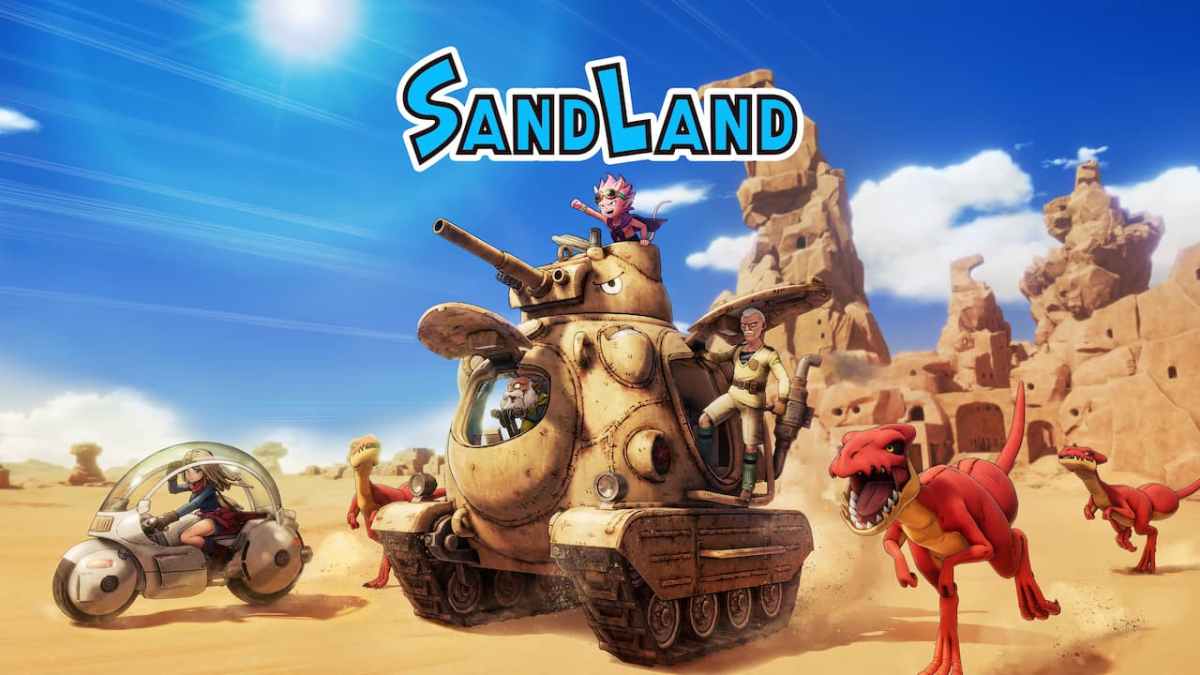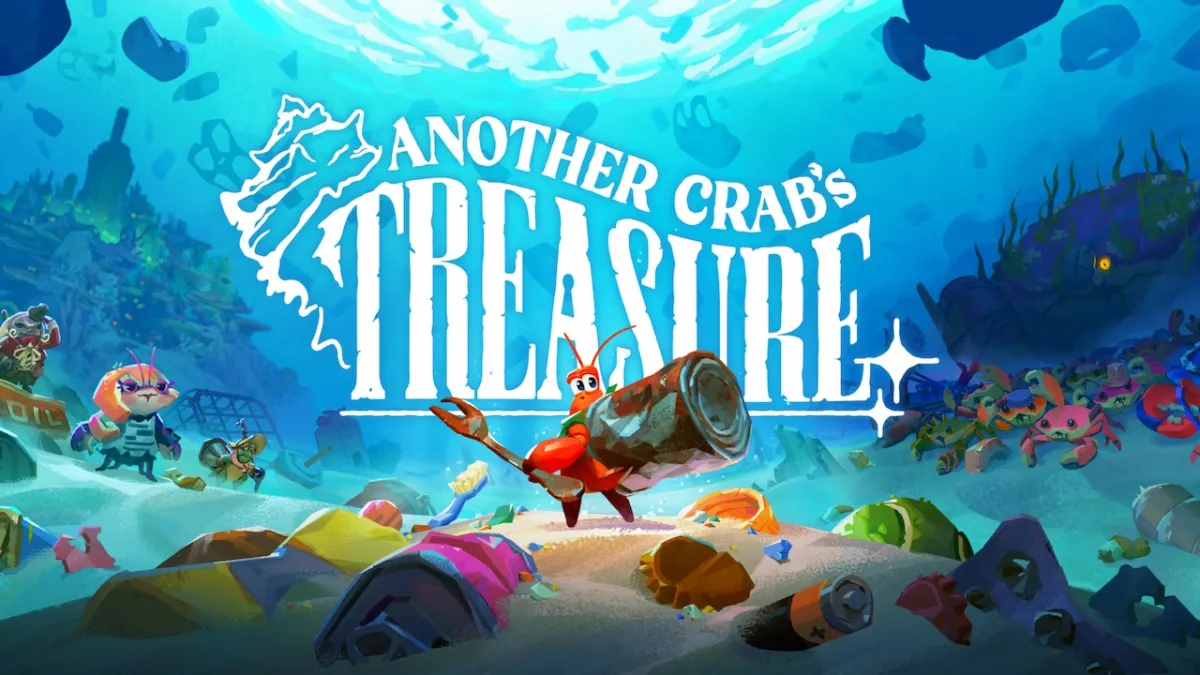Developer: Ubisoft Reflections
Publisher: Ubisoft
Platform: PC
Release Date: February 4th, 2015
Price: $7.99
Ubisoft is one of the biggest third-party developers in the industry, and with its size, the company has developed some of the biggest franchises in the industry. When you hear the name “Ubisoft”, naturally you might think of the Tom Clancy series, or Assassin’s Creed. While its flagship franchises are the bread and butter, Ubisoft also owns a lot of small studios that develop smaller titles. Games like Rayman Legends, Child of Light, and Valiant Hearts fall under this category.
Despite the stark contrast in scale and genre, the smaller three titles are still all quite good, and in some cases, have been better received by consumers than the company’s bigger titles.
With that said, another one of Ubisoft’s smaller studios — Ubisoft Reflections — has stepped up to the plate to bring us another one of these little gems. With their new original title, Grow Home, players depart from lands of the drawn-up fantastic-fantasies of the UbiArt Engine games, to something a little more, technical (literally!).
Being defined as an “experimental” title, how does Reflections’ newest original title stack-up with their other games?
Let’s take a look at this quirky, open-world adventure!
In Grow Home you’re not in control of a cold-blooded assassin, or limbless hero on a quest for justice. Instead, the game tells the story of a little red robot named BUD (Botanical Utility Droid). BUD’s planet is in danger of running out of oxygen. He is then dispatched to a mysterious planet that houses a gigantic, skyward-reaching plant called the Star Plant. BUD must then collect its seeds in order to save his planet. There’s no elaborate back-story of BUD or his home world, nor is there really much of a story at all — just an objective, and the adventure to complete it.
? GAMEPLAY
The atmosphere of the Star Planet (the world where the game takes place) is certainly quite the contrast from what we’ve seen before in past Ubisoft titles. The entire world is a tranquil, sprawling vista. There are no imperial guards to evade, or monsters to bop-and-bash. It’s just a beautiful landscape filled with flora and fauna that’s made up of dozens of floating islands, hovering above a small main island, and is surrounded by a giant sea.
Grow Home is an open-world title, so you’re able to explore every nook-and-cranny of the Star Planet. There are many caves to explore, and islands to trek, as well as plants and animals to observe and play with. There isn’t much limit in Grow Home, so any exploration enthusiast is sure to enjoy the many-faceted limbs of discovery. But, in reference to the genre, there’s really no action, it’s just all adventure.
In fact, BUD’s main ability is to use his claws, not for fighting, but for grasping onto any solid object, allowing him to scale just about any surface. Such things as rocks, mushrooms, and of course – plants are up for exploration-grabs. As you explore the Star Planet, you will find crystals that are scattered all around. BUD can convert these crystals into bits of energy, allowing him to gradually power-up with every crystal found, having 100 in total. For every 20 crystals that are collected, a new ability is unlocked, allowing for more areas to traverse and in more ways than previously possible. Therefore, the game encourages constant scanning and looking around, as while some crystals are sitting in plain sight, others are sometimes on the side of one of the many floating islands, or in hidden caverns, among other places.
Of course, the main attraction is the giant Star Plant. The main trunk of the Star Plant is what BUD is trying to grow, and in order to do that, he needs to nurture it. Of course, the Star Plant is no regular piece of flora, so water, sunlight and oxygen isn’t going to cut it to grow this baby. Among the various floating islands hovering above, there are energy rocks. Once one of the branches of the Star Plant connects with the energy rocks, the main trunk grows. There are a total of four stages of the trunk, each with more energy rocks necessary to grow it to the next stage.
In order to connect the branches to these energy rocks, BUD must activate the red flowers that are at the end of each branch. Anytime one of these things are activated, it’s like taking a mini roller-coaster ride as BUD must hang on as the new branch bends and curves as it grows. As it extends living-limbs, each gives birth to more flower buds–thus giving you more branches to grow. There’s no set path for each bud to take, therefore, it’s up to you to go through the motion of trial-and-error, before the next bud eventually connects to another energy rock.

With so many flower buds to ride, there’s no telling exactly which one will connect to the next energy rock.
Because of the uncertainty of the system, finding the next correct branch can take you from as much as a few minutes, to even an hour or two. To add to that, while BUD may be able to climb and scale surfaces with ease, one wrong step can lead to disaster.
Should you shift the camera to sharply, or accidentally let go of the trigger, BUD will fall off, and you may find yourself in this situation more than you would hope to. You can expect to get mildly frustrated after a while due to these mishaps. It’s very easy to lose your sense of direction when this happens, especially when you’re certain that you’re on the right path to getting to the next energy rock, and finding it again.
Thankfully, BUD is able to carry a single Fall Flower at a time. These flowers will allow BUD to gently float, allowing you to land at a specific spot, or turn that would-be plummet into a simple misstep. Unfortunately, each Fall Flower has a limited number of petals and once they all fall off, you’re going down. While Fall Flowers are scattered all over, when you’re hopping between the hundreds of flower buds of the Star Plant, chances are, you’ll use all of a single flower before you’re able to get to another island in time to pick another. But, with the vast landscape, there are other features put in place to aid in your traverse through botanical terrain.
There are several teleporters that are scattered across the islands, too. These act as transportation, allowing players to fast-travel between various regions with ease. The teleporters are situated in an upward motion, so in order to find a new one, you need to keep going up. This is a good way to keep a track of your overall progress, as well as make your plummet back down to the surface just a tad less aggravating. Even if you get stuck or lost, you can self-destruct BUD and he’ll respawn back at the last teleporter you used.
Grow Home‘s open world is certainly perfect for any exploration-enthusiast. With no limits and no real danger, you’re free to explore and move at your own pace. But with all that freedom, the path forward is no straight-line, and losing your way is a lot easier than finding it. And, at times, it is often harder to pick-up exactly where you left off due to an error. Messing up is also a lot easier to do than it should, as moving the game’s camera too quickly will cause BUD to misplace his next grab. Despite these shortcomings, however, Grow Home is still fun to play, as finding a new area and unlocking a new upgrade is always sure to give you a feeling of accomplishment.
? PRESENTATION

Ubisoft made our hearts flutter with the beautiful sights of the UbiArt engine, which debuted with Rayman Origins back in 2011. It’s sequel, Rayman Legends which launched in 2013, pushed it even further and 2014’s Child of Light solidified the true beauty of the engine.
While Grow Home doesn’t use the UbiArt engine, one can’t argue that this artstyle still looks amazing, even though it doesn’t have the graphical prowess of Ubisoft’s recent Assassin’s Creed: Unity. Instead of the ‘motion-drawing’ style of the UbiArt games or the realistic style of Ubisoft’s AAA-titles, Grow Home uses a minimalistic, “polygonal” art-style, with objects being rendered from individual shapes all segmented together. With this, the Reflections team also made sure to go full-on with the color, and lighting effects, further pushing the serene, fantasy atmosphere of the game.
Grow Home is no graphical benchmark, but that doesn’t change the fact that it looks good. Its overall presentation is rather relaxing and eye-catching, as there a lot of little effects and details that are sure to please the eye, not to mention that its simplistic art-style is also sure to agree a lot better with lower-end systems than a full-scale title like AC: Unity.
? SOUND
Grow Home actually doesn’t really have much when it comes down to the topic of music. It’s mostly ever-present environmental sound effects, computer hymns, along with what’s best described as an angelic harmony that constantly plays that matches the atmosphere perfectly.
BUD will constantly make little chirps and quirks as he moves around, but believe me, it isn’t annoying, it’s actually rather cute. Whenever he finds another crystal, he makes a sound of excitement, and screams when he’s plummeting to sure death.
In all, the sound-work of Grow Home is just as simplistic as the rest of the game, and that’s not a bad thing. While I could certainly imagine it having a great soundtrack, the lack of one isn’t really that big of a loss.
? THE BOTTOM LINE ?
Ubisoft certainly went off the beaten path with Grow Home, as it really isn’t like much games out there, and that’s a good thing. It feels like an indie-game; possessing qualities of originality and creativity. It’s simplistic and fun, and that’s great. It’s simple enough to allow anyone to play, yet challenging enough for even the most die-hard open-world enthusiasts to get at least a small thrill of accomplishment from finding all of the secrets and completing the overall objective.
However, because of its high level of freedom, the lack of direction can get a bit tiring. Many times I found myself completely stumped (no pun intended) when it came down to finding the right branch to connect to the next energy rock. Certainly, this was done to grow the overall play time, but, it does tend to drag out the adventure a bit too much. Add that to the fact that losing your sense of direction is a lot easier than finding it and re-locating it, should you make a mistake. While the ability to fast-travel to different levels in the world is great, getting to the next transporter is also another challenge. Not to mention how a slightly shoddy camera system can cause you to both lose sight of your path, and a grip on the surface you’re trying to climb.
In the end, though, Grow Home is still quite fun to play once you get pasts its few hurtles. This is a game that’s sure to keep any gamer entertained for more than a few hours, and die-hard open-world fans are sure to enjoy its simplistic, yet almost limitless world, filled with secrets to discover and new areas to explore. Grow Home is quirky and creative, and I hope to see more games like this come from Ubisoft in the future!






